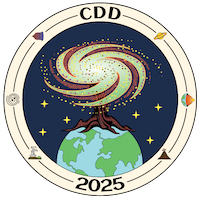Orateur
Description
GNSS/Acoustic technology enables the measurement of absolute horizontal seafloor displacements through repeated surveys of acoustic beacons over several years. However, a key limitation of this approach is that the beacons must remain underwater for extended periods.
In this study, we explore an alternative method that combines photogrammetry and GNSS/Acoustic techniques to determine the absolute positions of distinct seafloor features, such as rocks, outcrops, or shipwrecks. Our approach utilizes an Autonomous Underwater Vehicle (AUV) equipped with a high-resolution digital camera capable of capturing overlapping, near-vertical images with sub-centimeter pixel resolution. The AUV's trajectory is managed using multiple Uncrewed Surface Vessels (USVs), which are geolocated with GNSS systems.
This method produces orthorectified images of the seafloor that may still exhibit internal deformations and limited georeferencing accuracy. To address this, we incorporate a temporary GNSS/Acoustic system deployed during the photogrammetric survey. Acoustic beacons are used as ground control points to correct internal distortions within the photogrammetric model and to accurately anchor it to an external reference frame with centimeter-level precision.
In this poster, we present the current status of our project and highlight several key challenges that need to be addressed to operationalize this innovative approach.
| Speaker information | PhD 2nd year |
|---|

